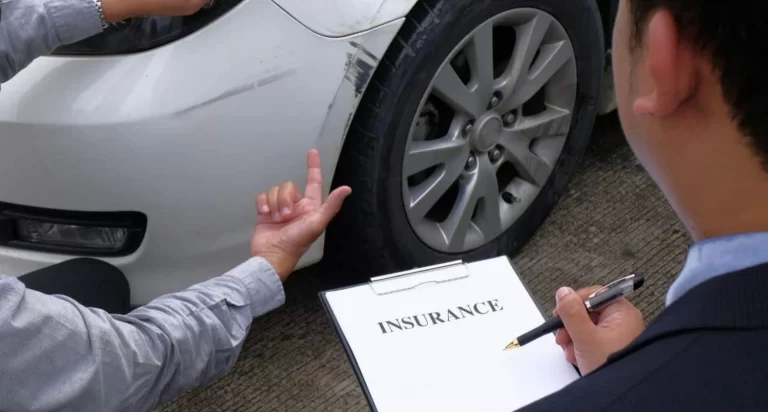If you’ve been involved in a car accident and the other driver has no insurance, a million thoughts are probably racing through your head. A quick Google search after getting hurt in a crash with an uninsured driver is likely to leave you with more questions than answers about what to do next.
New York is a “no-fault” car insurance state. This means that, typically, a motorist will file a claim with their own insurance. However, when damages exceed your insurance policy’s personal injury protection (PIP) limits and uninsured motorist coverage, the financial burden falls on you. Pursuing an at-fault driver for serious injuries in these cases, may be an option.
A lawyer can help you understand what happens next, how insurance coverage works in a no-fault state, and whether legal action against an uninsured motorist is possible. Moreover, your New York car accident lawyer can help you with the insurance claim process, representing your interests and making the process smoother.
Uninsured/Underinsured Motorist (UM) Coverage
Uninsured motorist coverage is a required car insurance coverage in the state of New York. This coverage is used in the event your damages exceed your PIP limit and the other driver does not have insurance coverage, or adequate coverage, to cover these additional damages.
- Uninsured Motorist: Uninsured motorist coverage protects you in the event you are hit by an at-fault driver who does not have liability insurance, including in the event of a hit-and-run incident. Accidents where you are hit by a vehicle that is unregistered, stolen, or driven without the owner’s permission.
- Underinsured Motorist: This coverage protects you in the event an at-fault driver does not have enough liability coverage to cover all of your damages and injuries. Your underinsured motorist will cover the difference between your damages and the other driver’s liability insurance.
When you or your lawyer file an insurance claim after a car accident, you will want to ascertain your policy limits. Knowing these limits early can help you make legal decisions about your injury claim and take action to protect yourself financially.
Steps to Take After an Accident with an Uninsured Driver
Whether you were involved in a collision with an uninsured driver or the victim of a hit-and-run accident, taking the right steps is critical. After an accident happens, ensuring your safety should be your top priority. You will then want to take steps to secure your future.
- Seek prompt medical attention. Even if you do not think you have been badly injured, it is essential to seek proper medical care, both for your health and your insurance claim.
- File a police report. A police report can be important to your claim and may be helpful if you choose to pursue a personal injury suit against the at-fault driver.
- Gather evidence of the accident. Photos and videos of the accident scene, damages, injuries, and witness statements can all be useful
- Hire an attorney. Finding an experienced lawyer early on can get you critical legal assistance with your insurance claim and any claim against the at-fault driver.
- File a claim. Your lawyer can help you file your claim and manage communications with the insurance company.
- Negotiate settlement. Negotiating a fair settlement is important to relieving the financial burden of car crash injuries. A skilled attorney can help with this.
- File a lawsuit and go to court. In the event you choose to pursue an uninsured driver, your lawyer can file a lawsuit and represent you in court.
Filing a Lawsuit Against the At-Fault Driver
Choosing to pursue a personal injury claim is a big decision. In a no-fault state, filing a personal injury lawsuit for a motor vehicle accident can be challenging. To pursue compensation outside of your PIP, you must have suffered a serious injury.
“Serious injuries” include:
- Death
- Dismemberment
- Fractures
- Loss of fetus
- Permanent loss of a body system, function, or organ
- Permanent limitation of use of a organ
- Significant disfigurement
- Significant limitation of a body system
- An injury that prevents normal activities for at least 90 days, within the first 180 days of the incident
If the at-fault driver does not have insurance, legal action may be possible. Understanding if you can file a suit and when car accident cases go to court is crucial to pursuing compensation directly from the at-fault party.
Seeking Legal Help in Uninsured Motorist Cases
When an at-fault driver doesn’t have insurance, it can cause an unnecessary financial burden on the victim. Knowing your PIP limits, uninsured motorist coverage is vital when you’ve been involved in an accident and the other driver has no insurance.
If you have questions about your car insurance, need assistance with your claim, or want to pursue the other driver for compensation, a personal injury lawyer can help. Gregory Spektor & Associates, P.C. has experience handling these types of cases, guiding their clients through the process and helping them make informed decisions about their case.



